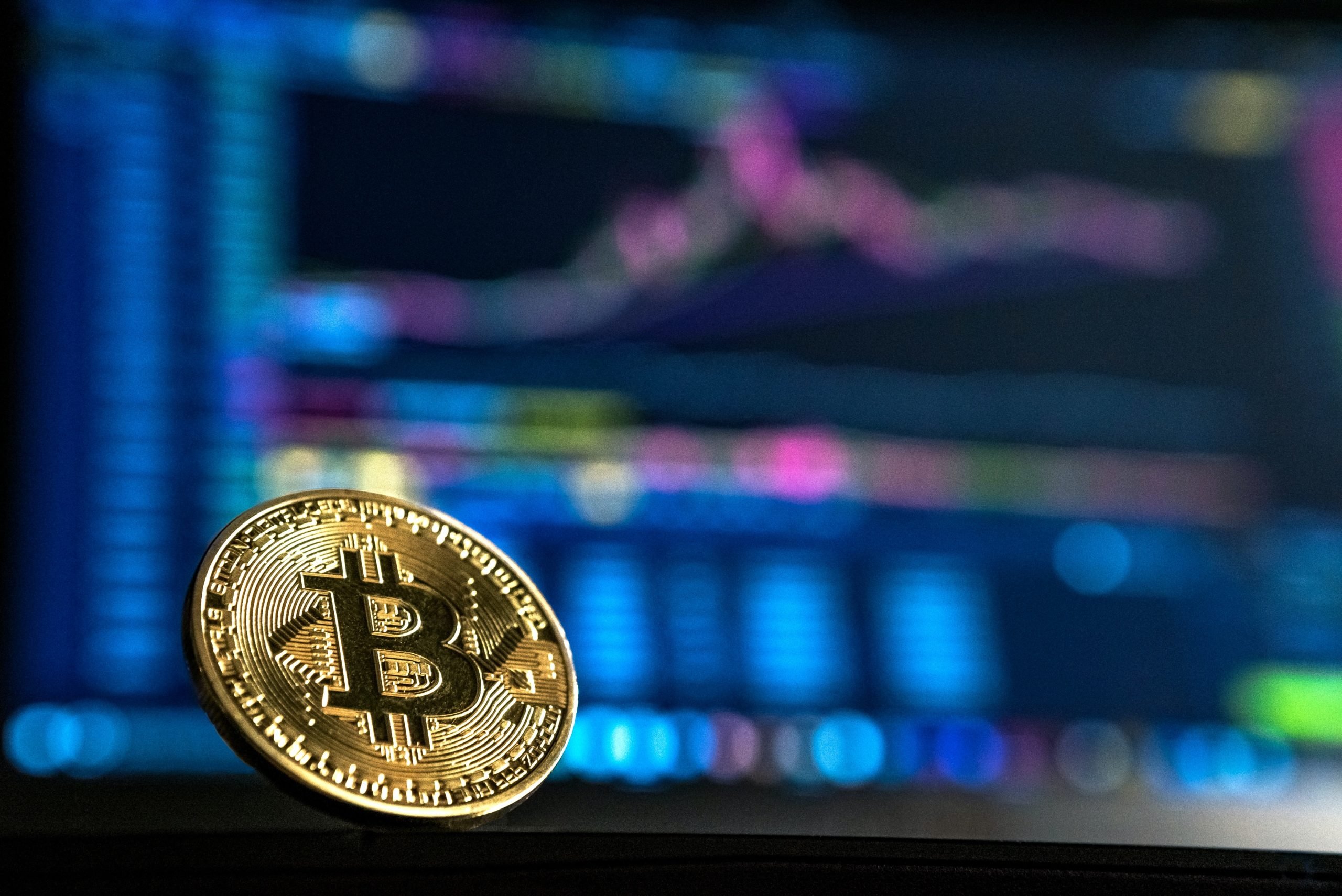Jack Plotkin, Former Goldman Sachs Banker, on Cryptocurrency Investing
With all the media focus on the stock market and its remarkable upward trajectory, it is easy to miss the reemergence or cryptocurrencies. Even during its 2017 peak, many established investors dismissed Bitcoin and other cryptocurrencies as nothing more than a speculative bubble. The euphoria indeed subsided in 2018, with Bitcoin’s price dropping six-fold. However, cryptocurrencies have been surging again recently and Jack Plotkin explains why.
Jack Plotkin has more than a decade of experience as a Goldman Sachs investment banker and financial strategist and has been following the markets for twice as long. He is considered an authority on financial markets. “The crypto inflows are not surprising,” says Jack Plotkin. “Stocks have come untethered from gravity while bonds are offering extremely low yields. In this unpredictable environment, investors are hungry for alternative asset classes.”
“Unlike traditional currencies, crypto does not have a physical form,” explains Jack Plotkin. “You can’t pull Bitcoin bills out of an ATM. It is also not issued by a government but rather created by an algorithm. That makes it something of a hedge against inflation because a government can’t just decide to print a billion more Bitcoins and dilute all existing owners.”
What is cryptocurrency?
The concept of cryptocurrency was first conceived by American cryptographer David Chaum in 1983 and the first implementation was DigiCash in 1995. Bitcoin did not come until more than 15 years later in 2009. What made Bitcoin so powerful is that it was based on a system known as blockchain that makes counterfeiting largely impossible. Blockchain assures the validity of each unit of cryptocurrency by using encryption that is based on each preceding block, which makes it impossible to insert a fake unit of cryptocurrency as it would invalidate the algorithm.
“Crypto has introduced some groundbreaking concepts into the mainstream,” notes Jack Plotkin. “Blockchains, digital wallets, crypto mining. Many people have heard of Bitcoin, Ethereum, Libra, but there are actually more than 5,000 different cryptocurrencies out in the market right now.”
Cryptocurrencies have met with a great deal of skepticism since Bitcoin’s debut in 2009. They have been described as “pyramid schemes”, derided for the use in black markets, and characterized as an economic bubble. Several of the world’s most respected investors and economists, including Warren Buffett, George Soros, Alan Greenspan, Paul Krugman, Joseph Stiglitz, and Robert Shiller have publicly spoken against the risks of cryptocurrencies.
“With the Federal Reserve printing money like it’s going out of style to buoy the economy, investors have to be legitimately concerned about the specter of inflation,” says Jack Plotkin. “When I was at Goldman Sachs, we closely followed the Fed’s actions in the aftermath of the dot com bust and during the subprime mortgage crisis. But their quantitative easing program back then was far less than the current pump being applied to the monetary supply and the markets.”
Historically, when governments have printed more money, they caused the money to become less valuable. The direct impact was an increase in prices, meaning each unit of currency had less purchasing power. In economic terms, this is referred to as inflation. Usually, inflation in the United States is slow and grows at around 2% per year. However, when the government floods the market with an oversupply of dollars, inflation can increase at a much faster pace, as occurred in the 1970s.
“How do you protect your hard-earned dollars against inflation?” asks Jack Plotkin. “You invest in things that maintain their value, like gold. Given that Bitcoin cannot be artificially inflated, some investors are thinking of it as a sort of digital gold.”
Getting started
Jack Plotkin points out that there are several ways of gaining exposure to cryptocurrency. “There are a lot of exchanges where you can buy crypto directly and many digital wallet services that let you store and spend that crypto outside the exchange,” he says. “You can also invest in crypto mining companies or buy exchange-traded funds that invest in crypto. However, this is not a risk-free investment. Because cryptos are not backed by a government authority or supported by underlying asset values, they are only as valuable as the market deems them to be. Compared to major currencies, they are still very new. This makes them highly volatile. For these reasons, cryptocurrencies should only be considered in the context of a diversified portfolio.”
Because cryptocurrencies only exist in digital form, investors are also exposed to risk related to computing reliability and security. Since the emergence of Bitcoin, large sums of cryptocurrency have been lost due to storage failures, hacking attacks, and misplacement of digital keys.
Despite its risks, the prevalence and usage of cryptocurrencies have grown over time. Beyond offering a value store, cryptocurrencies also make it easy to transfer funds without requiring the use of traditional banking institutions. “As long as there is demand for crypto, there is going to be an investment market,” Jack Plotkin says. “With regard to whether that market is appropriate for any given investor, it comes down to their sophistication and risk tolerance. My final advice? Tread carefully. Ease into this market, stick to well-known names like Bitcoin, and carefully calibrate the extent of your commitment.”

